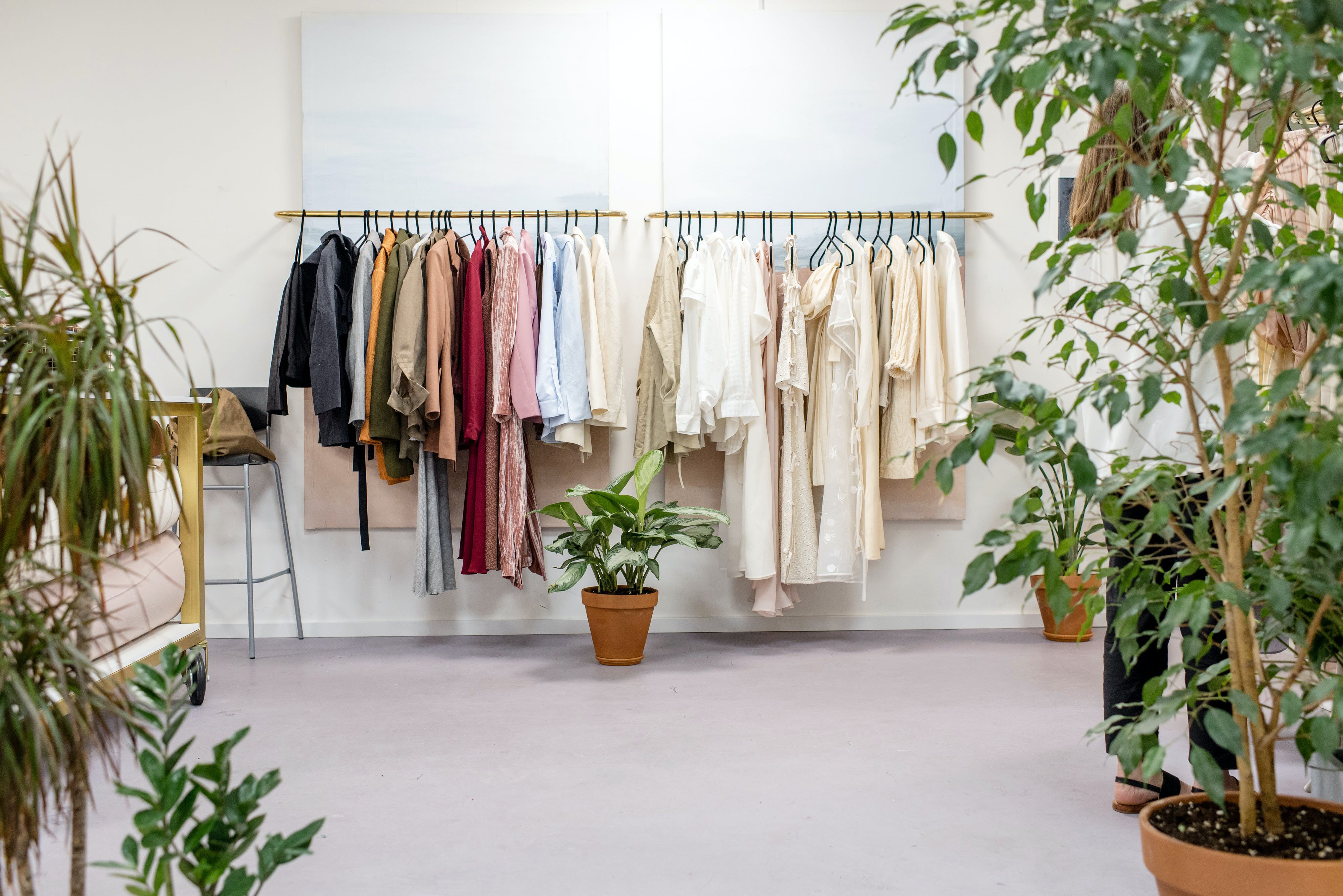Introduction
The fashion industry, a global behemoth, stands at a crossroads. Its current unsustainable practices, fueled by rapid production cycles, excessive consumption, and a reliance on environmentally degrading materials, are taking a toll on the planet and its inhabitants.
However, amidst this daunting picture, a glimmer of hope emerges – a growing movement towards sustainable fashion, driven by a collective desire to reconcile style with sustainability.
The world is melting by Jan Gronken
Assessing the Impact of the Fashion Industry
The fashion industry's environmental footprint is staggering. It is estimated to be responsible for 10% of global greenhouse gas emissions, a greater share than the aviation industry. Textile production alone accounts for 92 million tons of wastewater annually, polluting rivers and waterways. Additionally, the industry's reliance on synthetic fibers, such as polyester and nylon, contributes to microplastic pollution, further harming marine ecosystems.
“It is estimated to be responsible for 10% of global greenhouse gas emissions, a greater share than the aviation industry”
The social impact of the fashion industry is equally concerning. The industry is notorious for its labor practices, often involving low wages, unsafe working conditions, and child labor, particularly in developing countries. The fast fashion model, with its emphasis on rapid production at the lowest possible cost, perpetuates these exploitative practices.
Embracing Sustainable Fashion Practices
In response to these pressing concerns, a wave of sustainable fashion initiatives is gaining momentum. These initiatives aim to address the environmental and social challenges of the industry by promoting ethical and eco-conscious practices.
The concept of circularity lies at the heart of sustainable fashion. It advocates for extending the lifespan of garments, reducing waste, and minimizing the use of virgin resources. This entails practices such as:
Extended wear: Encouraging consumers to repair, reuse, and restyle their existing garments to extend their lifespan.
Renting and sharing: Offering rental platforms and clothing libraries to promote access to high-quality fashion without the need for ownership.
Upcycling and repurposing: Creating new garments from discarded or unused textiles, extending their value and minimizing waste.
Image caption goes here
Sustainable Materials: A Shift from Destructive Practices
The fashion industry's reliance on synthetic fibers and unsustainable agricultural practices for natural fibers is a major contributor to its environmental impact. Sustainable fashion practices emphasize the use of alternative materials:
Organic cotton: Grown without the use of pesticides and harmful chemicals, organic cotton reduces environmental pollution and promotes soil health.
Recycled fibers: Upcycling discarded textiles into new fibers minimizes the need for virgin resources and reduces landfill waste.
Alternative materials: Utilizing innovative materials such as TENCEL™ Lyocell, derived from sustainably sourced wood pulp, and Piñatex, made from pineapple leaf fibers, offers eco-friendly alternatives to traditional materials.
Conclusion
The future of sustainable fashion is bright. As consumer awareness and demand for eco-conscious clothing grow, brands are increasingly adopting sustainable practices. Technological advancements, such as 3D printing and advanced materials, are opening up new possibilities for creating sustainable and innovative fashion products.
The path towards a sustainable fashion industry is not without challenges. Shifting consumer behavior, addressing the complexities of global supply chains, and overcoming the higher cost of sustainable materials are just a few of the hurdles that need to be addressed.
However, the momentum behind sustainable fashion is undeniable. With continued innovation, collaboration, and consumer support, the fashion industry can transform its environmental and social footprint, leaving a more sustainable and ethical legacy for generations to come.
Share this post
Sustainability
Fashion

Jeanne Waters
Lead Writer
You Might Also Like
Here are some of our other recent articles








